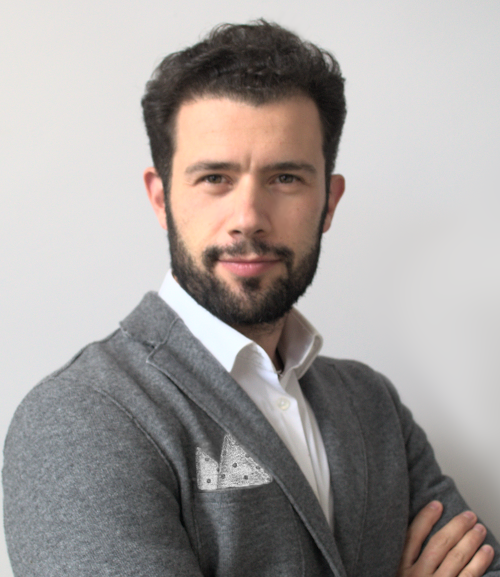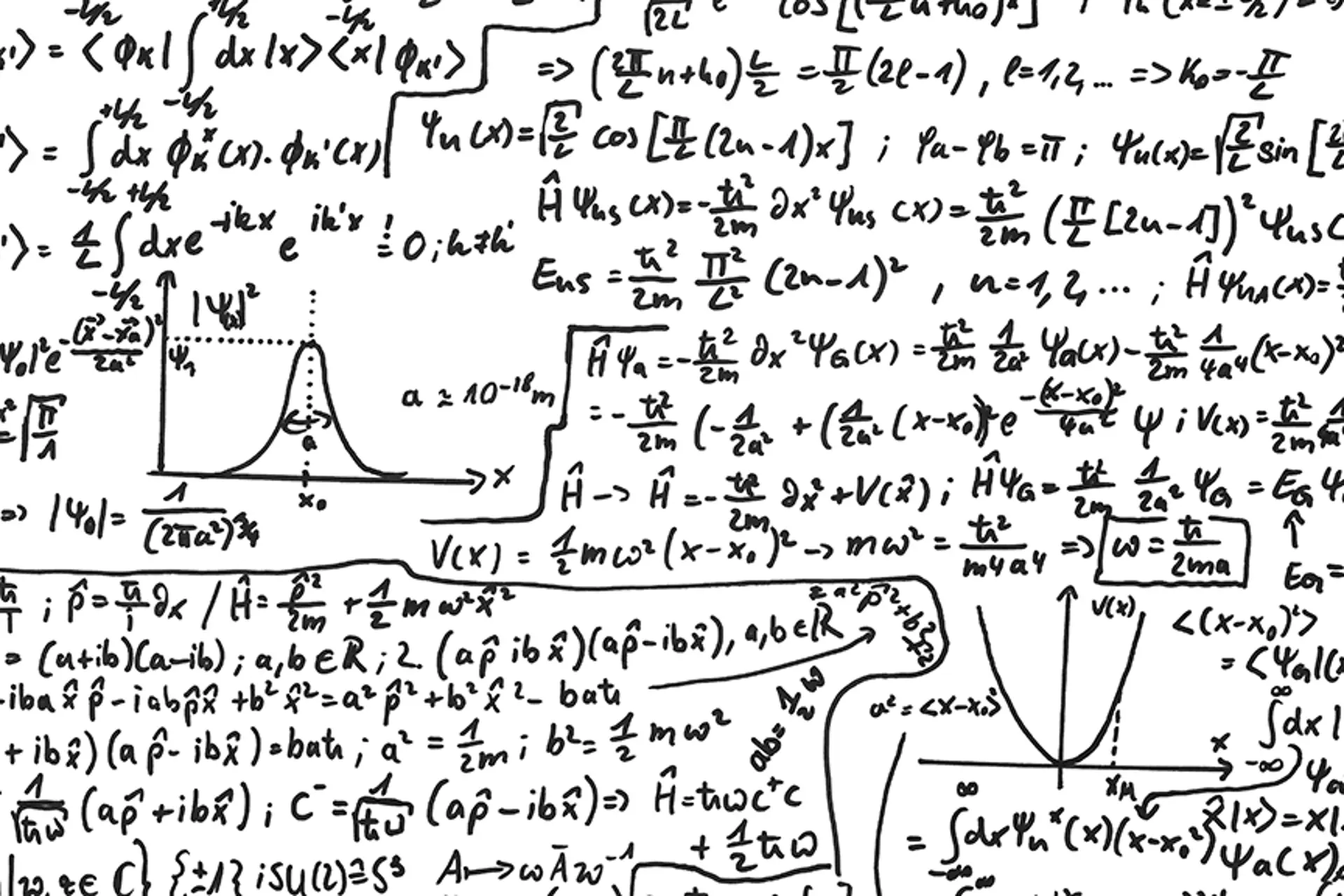
Hi, I'm Andrij Vasylenko.
I am a Research Associate in the Department of Chemistry at the University of Liverpool.
My work explores how atomic structure and chemical composition determine material properties. By combining physics-based simulation and data-driven modelling, I aim to accelerate the discovery of functional materials for energy and sustainability applications.
My research has been shaped by collaborations with physicists and chemists at the Universities of Warwick and Cambridge, and by my Marie Skłodowska-Curie Fellowship at Adam Mickiewicz University, where I completed a PhD in Physics.

